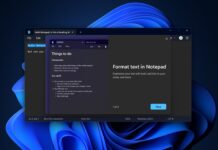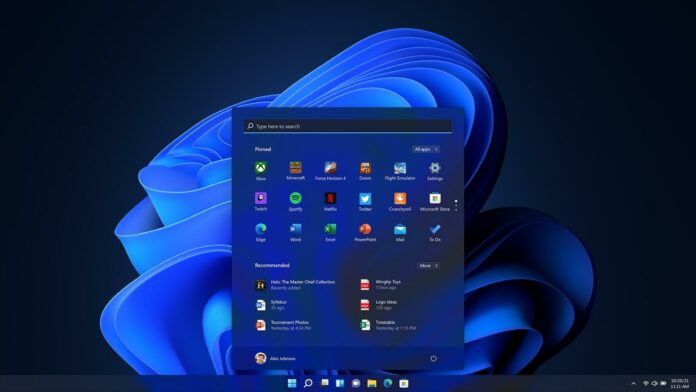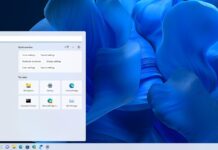Windows 11 24H2 could use a new feature called “hotpatching”, which is available in the Windows Server builds, to install monthly updates without rebooting your system. With hotpatching, Microsoft plans to patch the in-memory code of running processes without the need to restart the process.
If you’re a regular Windows user, you must be familiar with Patch Tuesday. If not, it’s the second Tuesday of every month, when Microsoft sends patches and security updates to your PC. The updates improve the security of your Windows 10/11 PC and sometimes add a few new features.
While this is all welcome and helps keep your PC secure and up-to-date, it also brings something unwelcome, reboots. A pain for many users and IT Admins, Windows updates almost always require a full PC restart. Countless memes and angry posts are floating around which blast the forced reboots.
Fortunately, it looks like the days of complaining about reboots are going to end. Microsoft is testing a feature for Windows 11 which will get rid of reboots every time your PC updates. Known as “hot patching”, this feature is currently being tested on the latest Dev insider build.
Hot patching is already present on Windows Server and Xbox, so it’s nothing new for Microsoft, but it will be the first time that it is coming to regular PCs out there.
So, what is hot patching for Windows 11?
According to this not-so-technical article from Microsoft, Hotpatching works by “patching the in-memory code of running processes without the need to restart the process”. This results in the update getting installed on the system without the need for a system reboot.
However, the user has to reboot after every three months. This is because hot patching starts with a cumulative update as the baseline. Once the update is installed, hot patch updates will be installed on the system for the next two months without the need for a reboot.
Suppose you install the January cumulative update, your PC restarts and for the next two months you can theoretically keep running your PC without rebooting.

As you can see in the above image, Microsoft states that there are two baselines, planned and unplanned. With the former, you don’t need a reboot after the cumulative update. But with the latter, a reboot is required because it can’t be sent out with a hot patch.
For the average user, the technical stuff gets a bit more difficult, so we shall stop with that.
Summing it up, hot patching will revolutionize the way we update Windows, and will not require regular restarts. It’s mostly a good thing, however, there is one catch, you cannot roll back a hot patch update. You will have to uninstall all the hot patch updates and reinstall the last cumulative update released.
You might be cheering for this development and we can understand the sentiment, and we will miss the memes, but we can’t help but advise about the need for a restart. A complete reboot of the system once in a while does help fix most issues and make it work faster.





















